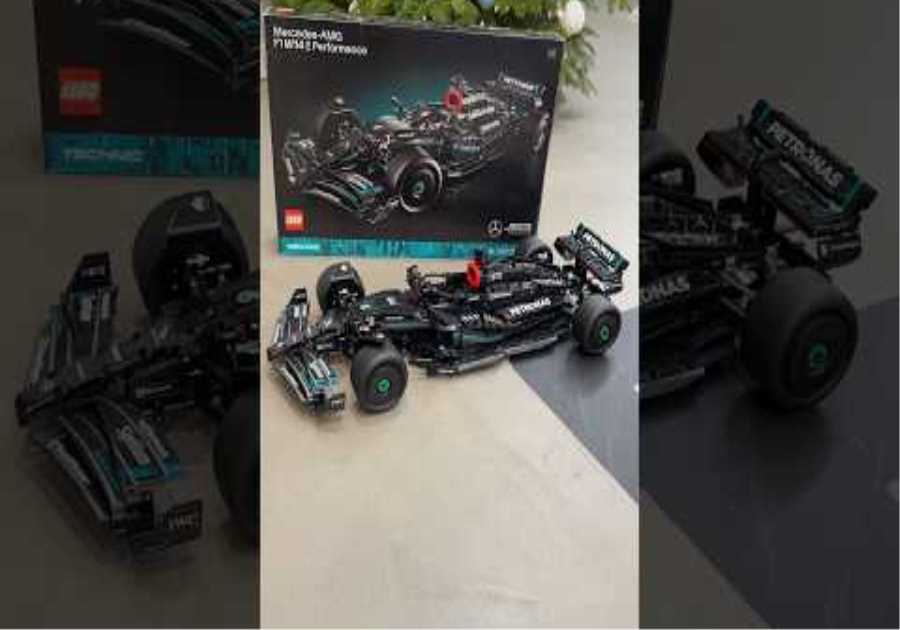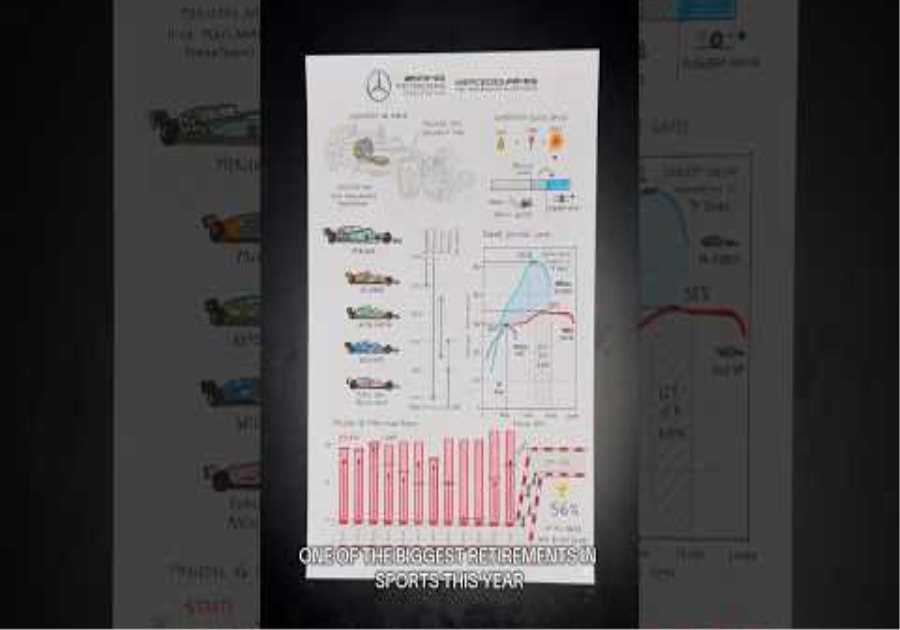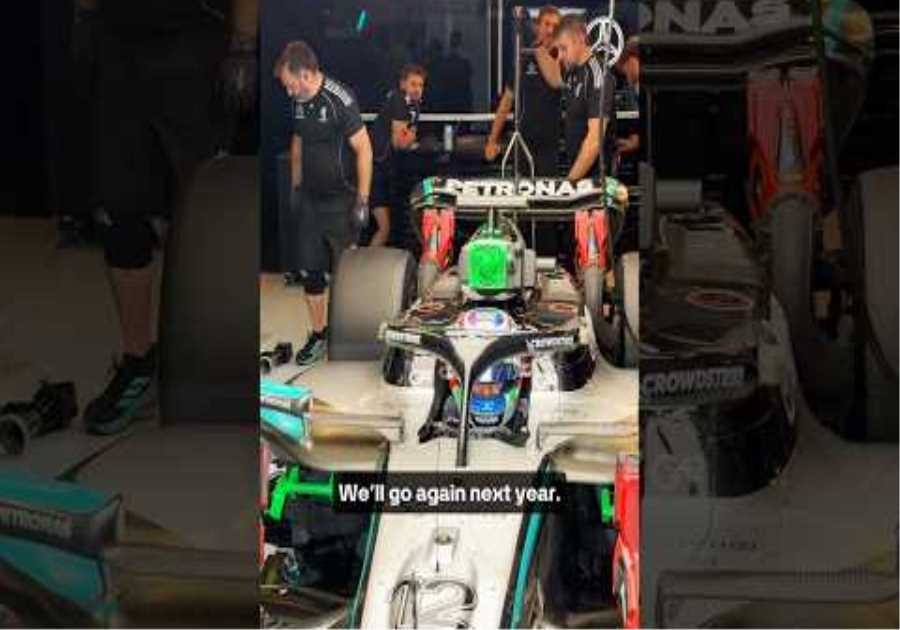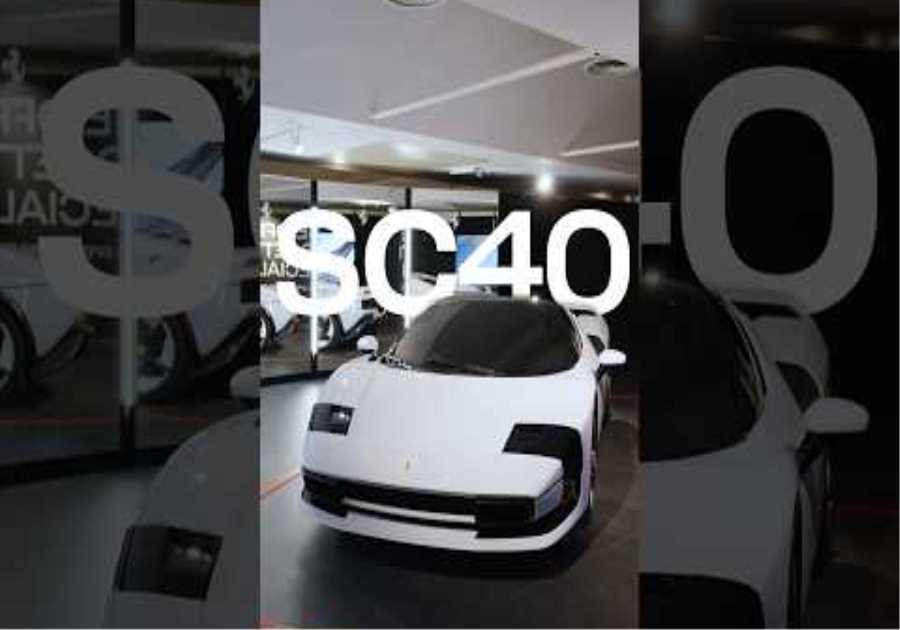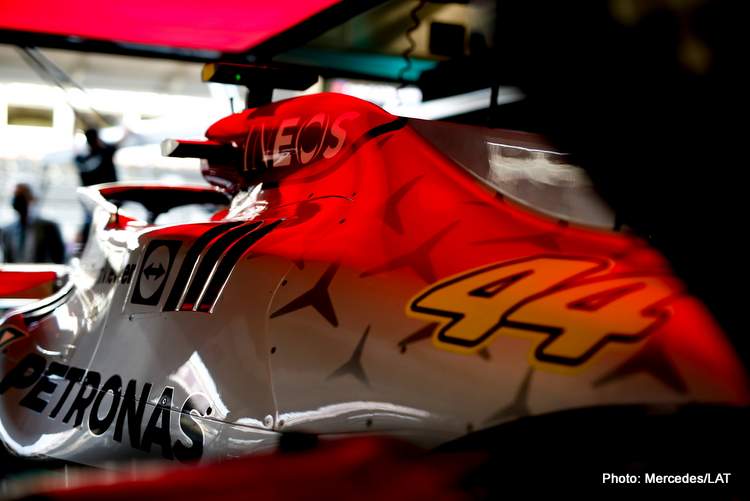
Mercedes’ 2022 Formula 1 car, the W13, has started its life cycle underperforming, but can the World Champions have a quick fix for their latest Silver Arrow? Tech Draft sheds light.
As we all know, Formula 1 is a highly technical sport and accordingly it has been the engineering and manufacturing abilities of the Mercedes team that have been major contributing attributes to their long sustained success.
The Mercedes F1 team has deservedly earned the honor of being the doyen of F1 since re-entering the sport in 2010, having won 8 straight Constructors’ Titles since 2014, 7 Drivers’ Titles. During the period of seasons 2014-2021 inclusive they won 111 Grands Prix at a strike rate of near on 70% of all races that it had contested.
Quite obviously in the shadows of the 2022 Formula 1 pre-season, and the first Championship round in Bahrain, current Constructors’ Champions Mercedes have underperformed and are resoundingly the 2022 F1 underperformers to date.
Over the last two years, the FIA has established a novel regulatory framework for F1 to operate under that includes operational financial restrictions, and a form of performance-based development handicapping system, all with the strategic intent of ensuring a more diverse competitive base in the sport .
The start of the 2022 season is the first time that the new financial and development resource regulations have had their full impact on new car designs, and of course we all know that the 2022 designs are significantly different due to a new technical definition of the F1 car.
Is the W13 flawed? Everyone gets it a bit wrong from time to time
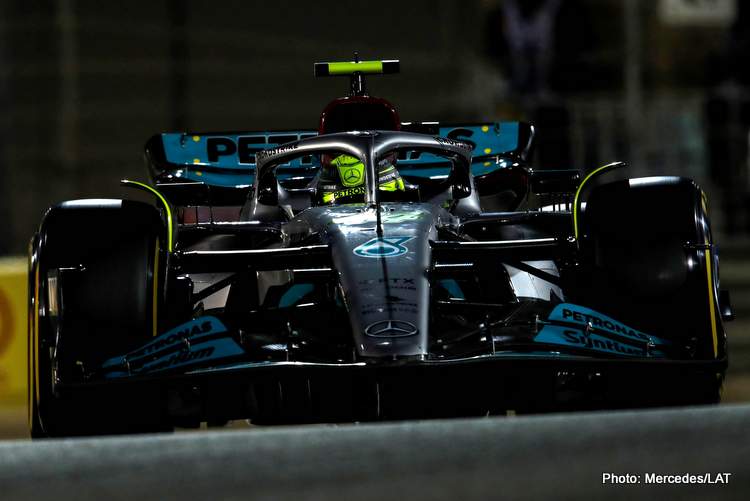
Through modern F1 history on rare occasions even the top teams can get a fundamental design wrong, and the rate of development of improved performance has always been dependent on the availability of physical and financial resources, and time.
It is important to acknowledge that due to the nature of modern F1, the physical resources critical to the development path are indeed generally aerodynamic research and development tools: wind tunnels and computational fluid dynamic (CFD) packages.
Nevertheless, in 2022 both aerodynamic and financial resources for development are heavily regulated, and less are available, especially if you finished well up the Constructors’ Championship order in 2021.
To me it seems straight forward that the intent of the W13 Mercedes aerodynamic philosophy is size minimization around the floor leading edge, the throat to the new-for-2022 ground effect underside.
From a simplistic point of view, their direction has resulted in sections of floor edges rearwards that are unsupported and less rigid, and as speed increases and the resulting aerodynamic load downwards does so as well, these edges are flexing downwards, inducing a “porpoising” behavior that Mercedes is finding difficult to control.
It is possible that even on its own this bouncing will adversely affect terminal straight line speed, but it most certainly will have an adverse effect on braking performance, and especially driver confidence levels during extreme braking events.
What others are doing about “porpoising” that Mercedes aren’t
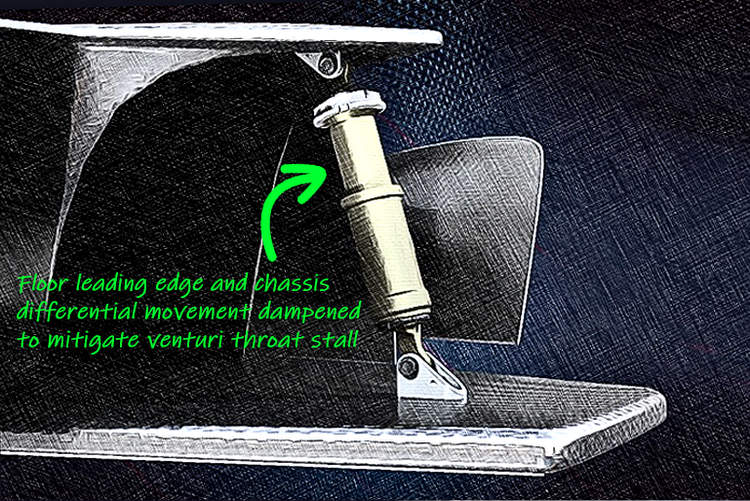
For the short term at least, in Bahrain it appears that the Mercedes solution to the ground effect bouncing has been to raise the ride height, and whilst this certainly helped with smoothing out the ride, it would have severely compromised their downforce levels and resultant cornering ability.
Once again, the short term fix Mercedes took was to consequently install a high downforce configuration rear wing on the car, but the compromise then would have been drag and associated straight line speed.
In the past Mercedes have been renowned for using “mass inerters” with good effect in mitigating chassis attitudinal behavioral issues. However, once again the new regulatory framework introduced this year has banned their use.
“Porpoising” is an intrinsic behavior with ground effect race cars, and whilst most, if not all teams have had to work through mitigating it early in 2022, the designs of some teams such as Ferrari and Red Bull have been able to tune it out reasonably effectively.
Some chassis designs have been receptive to the use of traditional hydraulic damping of the tea tray to the chassis underside at the floor leading edge.
When combined with various methods of controlling floor edge flexing, while scoops, holes and slots along the floor edge rearwards help seal the floor to the ground, they seem to be quite effectively controlling the bouncing effect at speed, without the need to compromise downforce levels by raising the ride height and needing to compensate with dragging wings and settings.
Where to now for the W13?
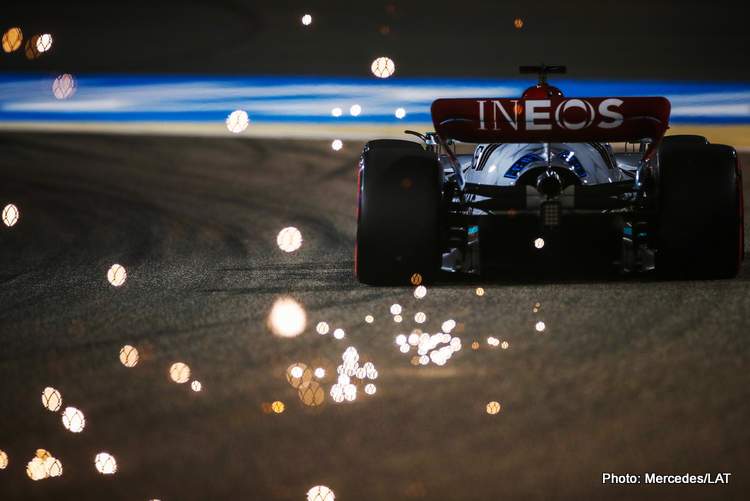
The question for Mercedes and the W13 is whether the issue is one that can be tuned out, or is it a more fundamental issue requiring more significant redevelopment, and possibly one requiring a B revision chassis?
Given that the design is now in the ball park of having completed anywhere up to 5,000-6,000km by now (please forgive me if I’m miles off as this is purely a guess) and that Mercedes haven’t been able to resolve the issue without compromising performance, it seems probable that their issues are a bit more fundamental.
In the new era of F1, resolving fundamental design issues during the season is more of a problem for the teams in comparison to any other time in the history of the sport, even for Mercedes who may very well be the best resourced and most capable team on the grid, because as we now know, resources and money are the most restricted they have ever been, and time is always ticking.
For those devout Mercedes fans, maybe the expectations for 2022 might need to be lowered compared to what you are used to.

